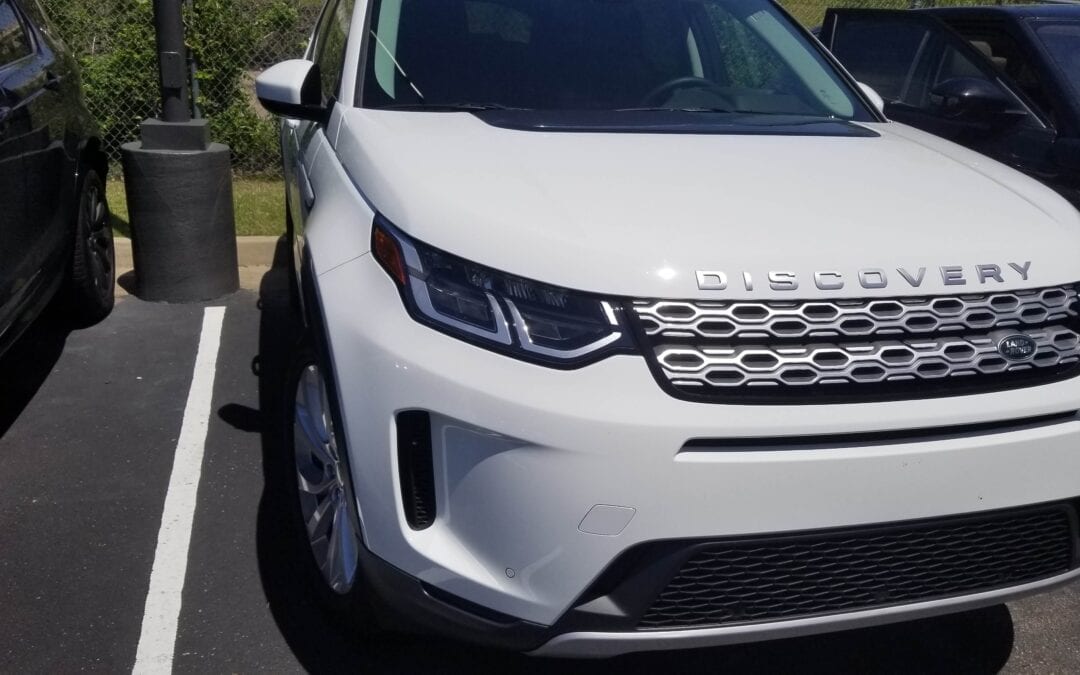ADAS Recalibration Tulsa
The main reasons for ADAS recalibration Tulsa boil down to ensuring the accuracy of the sensors and cameras that power these advanced driver-assistance systems. Here’s a breakdown of the key factors that necessitate recalibration:
- Windshield Replacement: This is a common scenario where ADAS recalibration becomes necessary. The windshield houses many of the cameras and sensors crucial for ADAS functions. Any replacement process, even if minor, can alter the alignment of these components. Even a slight misalignment can significantly impact the accuracy of the system.
- Collision Repair: Similar to windshield replacement, repairs following a collision can affect the positioning of ADAS cameras and sensors. This is especially true if the collision involved damage to the vehicle’s front end, where these systems are often concentrated. Recalibration ensures these components are functioning as intended after repairs.
- Sensor or Camera Replacement: If any of the ADAS cameras or sensors themselves need replacing, recalibration is crucial. The new components may have slight variations compared to the originals, and calibration helps the system account for these differences and maintain optimal performance.
- Manufacturer Recommendations: Car manufacturers may recommend ADAS recalibration at specific intervals as a preventive measure. Thus, this can be due to potential wear and tear or even software updates that require recalibration for continued system accuracy.
Overall, ADAS recalibration Tulsa is vital whenever the precise positioning of the cameras and sensors is potentially compromised. Thus, this ensures these safety features continue to function properly and provide the intended level of assistance on the road.
Moreover, ADAS recalibration Tulsa involves a multi-step process typically done by a qualified technician with specialized tools and following the manufacturer’s instructions for each car model. Here’s a general breakdown of the procedure:
Preparation:
- Manufacturer Specifications: The technician will first research the specific calibration requirements for the vehicle make and model. Thus, this ensures the calibration procedure aligns with the car’s individual ADAS system.
- Workspace Setup: A suitable workspace needs to be prepared to meet calibration tool specifications. This often involves:
- Large Indoor Space: A clean, clutter-free, and level indoor area is ideal.
- Lighting Control: Consistent, moderate lighting is necessary. Bright sunlight or excessive shadows can disrupt calibration.
- Calibration Frame: A special calibration frame will be positioned in front of the vehicle at a precise distance and height as specified by the manufacturer.
Vehicle Setup:
- Pre-Calibration Checks: The technician will ensure the vehicle is in proper condition for calibration. This may involve:
- Tire Pressure: Check and adjust tire pressure to the manufacturer’s recommended level.
- Steering Wheel Alignment: Make sure the steering wheel is centered.
- Battery Voltage: Verifying the battery voltage meets the required level for calibration.
Calibration Process:
- Diagnostic Software: The technician will likely use a diagnostic software tool specific to the car manufacturer.
- This software helps initiate the calibration procedure on the vehicle.
- It guides the technician through adjustments to ensure the cameras and sensors are correctly aimed.
- Calibration Techniques: The specific techniques will depend on the ADAS system and manufacturer but generally involve:
- Calibration Frame Targets: Using targets or patterns on the calibration frame to guide the cameras and sensors during alignment.
Verification and Completion:
- Calibration Verification: Once adjustments are made, the diagnostic software plays a key role in verifying successful calibration.
- The software may provide a confirmation message or a visual indicator of proper alignment.
- Calibration Types: There are two main ADAS calibration methods:
- Static Calibration: This is the most common type, performed entirely in a controlled environment using the calibration frame.
- Dynamic Calibration: In some cases, this may involve driving the vehicle on a specific route to allow the system to learn and adapt to real-world conditions.
Important Notes:
- ADAS recalibration Tulsa is a complex process and should only be performed by a trained technician with the appropriate tools and knowledge.
- Thus, it’s highly recommended after windshield replacement or any repairs that may affect the position of cameras or sensors.
You won’t necessarily need to determine the specific type of ADAS recalibration yourself. Here’s why:
- Technician Expertise: Qualified technicians specializing in ADAS systems will be familiar with the requirements for your specific car model. They will consult the manufacturer’s instructions to determine the appropriate calibration type (static or dynamic) based on the situation.
- Calibration Recommendations: There are generally clear guidelines for when each type of calibration is necessary. Here’s a basic breakdown:
- Static Calibration: This is typically required after windshield replacement or any repairs that involve removing or adjusting components where the cameras or sensors are mounted (like the front bumper).
- Dynamic Calibration: This might be needed in addition to static calibration in certain cases specified by the manufacturer. For instance, some systems may require dynamic calibration after static calibration to fine-tune performance through real-world driving scenarios.
- Diagnostic Tools: The diagnostic software used during the calibration process can also play a role in determining the type needed. In some cases, the software may automatically initiate the correct calibration based on the information retrieved from your vehicle’s ADAS system.
What You Can Do:
- Consult your car’s owner’s manual: The manual might have a section on ADAS features and may mention calibration requirements in case of repairs or replacements.
- Contact your service center or dealership: Explain the situation (windshield replacement, collision repair, etc.) and inquire about the type of ADAS calibration recommended for your car.
- Look for an ADAS calibration specialist: These specialists typically have the expertise and equipment to handle various ADAS systems and will determine the right calibration type based on your vehicle’s needs.
Furthermore, by following these steps, you can ensure a qualified technician performs the appropriate ADAS recalibration Tulsa on your vehicle, guaranteeing the accuracy of your car’s driver-assistance systems.




















































































